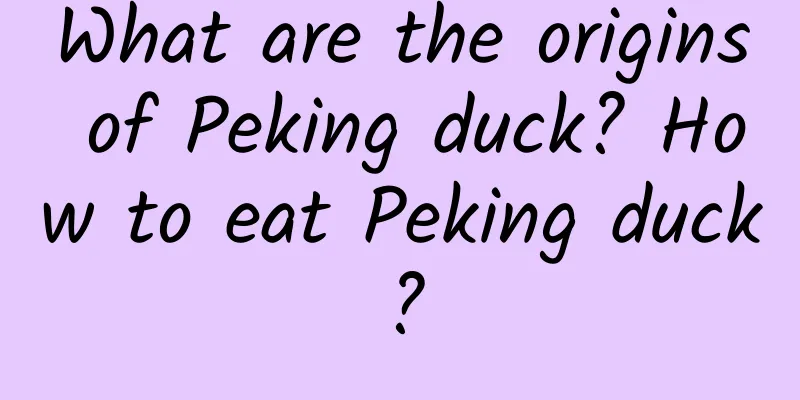What causes abdominal pain after childbirth?

|
There are many factors that cause postpartum lower abdominal pain. Some women will experience postpartum lower abdominal pain after giving birth. In fact, you don’t need to worry too much about this situation, because postpartum lower abdominal pain is quite common, which is related to changes in the mother’s physical constitution. If the lower abdominal pain after delivery is not too severe, you can apply a hot towel to the lower abdomen to relieve the symptoms. 1. Some women will experience paroxysmal lower abdominal pain in the early stages of postpartum delivery, which is called postpartum uterine contraction pain. This is especially noticeable during breastfeeding. Postpartum uterine contractions are a manifestation of uterine recovery, and have the function of stopping bleeding and expelling blood and fetal membranes in the uterine cavity. 2. Some women will experience paroxysmal lower abdominal pain in the early stages of postpartum delivery, which is called postpartum uterine contraction pain. This is especially noticeable during breastfeeding. Postpartum uterine contractions are a manifestation of uterine recovery, and have the function of stopping bleeding and expelling blood and fetal membranes in the uterine cavity. During uterine contractions, you can feel a bulging and hardened uterus in the lower abdomen. This is a physiological phenomenon, which usually lasts for 3-4 days and disappears naturally without the need for special care. 3. Mothers who suffer from severe pain can apply hot compresses and massage their lower abdomen. However, it is necessary to rule out the possibility of remnants of the placenta and fetal membranes in the uterus. The uterine contractions caused by this reason are often severe and are often accompanied by more vaginal bleeding. If the pain is severe, please consult a doctor immediately. 4. Some women may not have a bowel movement for 3-5 days or even longer, which can make defecation more difficult and lead to a variety of adverse consequences such as anal fissures, hemorrhoids, abdominal distension, etc. Postpartum constipation is a problem encountered by almost all mothers. Due to the decrease in abdominal pressure after delivery, it is difficult to defecate; some women eat less before and after delivery. If it is a caesarean section, they must fast before and after the operation; there is not enough food residue in the intestines to stimulate defecation; if there is a perineal laceration or episiotomy, squatting to defecate may cause pain, and the mother dare not defecate; if there is hemorrhoids during pregnancy, it will not heal immediately after delivery, which is still the cause of constipation |
<<: Can I eat plums after a cesarean section?
>>: What to do if you have mild breast hyperplasia
Recommend
What causes dizziness, nausea and vomiting during menstruation?
Everyone knows that pregnancy can cause nausea, d...
What are the causes of tender breasts? These factors are the most common!
Every woman wants her breasts to be firm so that ...
How many days of pregnancy will the breasts react
Generally, if you feel it quickly after having se...
The most "spring" seasonal vegetables, eating too much will cause poisoning! 2 eating tips for you →
What dish is the most "spring-like"? Fo...
Frequent fetal movements at 38 weeks of pregnancy means I am about to give birth
As the weeks of pregnancy progress, pregnant moth...
What are the food therapies for breast hyperplasia?
Breast hyperplasia is a disease that troubles man...
What is the sauce in the meat floss bread? The ingredients of meat floss bread
Meat floss is one of the famous specialties in my...
Can I eat kiwi fruit after abortion?
The older generation believes that one should not...
What are the dangers of rotaform placenta?
Wheel-shaped placenta generally refers to the def...
National Hair Care Day | Dandruff, itchy scalp, oily scalp, hair loss? These ten problems should be known early
Original source: Xinhuanet WeChat official accoun...
Does stringy leucorrhea before menstruation mean pregnancy?
When women are about to have their period, their ...
Testosterone Undecanoate Capsules
Testosterone undecanoate capsules are a kind of d...
How to clean scallop meat? How long does it take to cook scallop meat?
Similar to fish and shrimp, the main nutrient of ...









